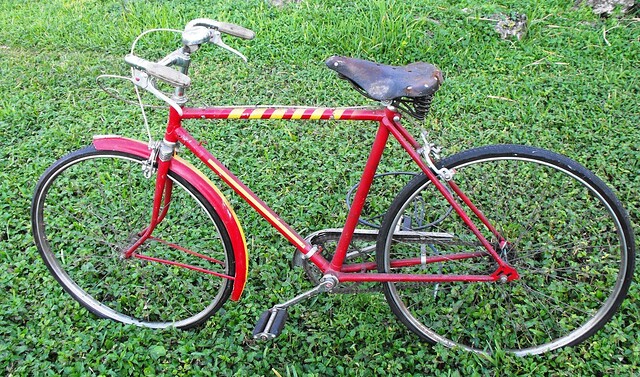


If all components were BSA except the frame it might have a transfer (fitted to the top of the seat tube) stating: ‘Guaranteed built with a set of B.S.A. If the bike included a BSA frame and was assembled by BSA themselves, it could be fitted with a BSA Piled Arms transfer. Such a bicycle is now commonly described as a BSA Fittings Machine. It’s because I’ve so enjoyed riding it and learning more about the early history of BSA that this website came into being.ĭuring the first decade of the 20th century, BSA sold frames and fittings through the trade to cycle agents who could add their own transfers for resale to the public. This page shows my research of the model and my preparation for riding it in the 2010 Benson Run. 303 rifle, the Sten gun and Browning machine guns.1904-1907 Light Roadster Bicycle built from ‘B’ pattern BSA fittings

During World War Two BSA supplied a variety of armaments to the British and Common Wealth services, including the Lee Enfield. However BSA also produced cars as well as sports firearms and bicycles. In some cases the bicycle was attached to a separate individual parachute, Jeep or armoured vehicle.īSA, or to give it its full name, The Birmingham Small Arms Company Limited, was founded in 1861 and are most noted for their military firearms as well as motorcycles, perhaps the most iconic being the postwar BSA Gold Star and BSA Bantam models.

It could then be strapped to the front of a Paratrooper or carried. The bicycle pictured is a later model as earlier variations had a double barrel frame seat post.įolding was a simple and quick affair, the wing-nuts were loosened and the front section of the bicycle folded around into the rear half of the frame. No doubt the added comfort of the larger sprung saddle compared to the original issue BSA saddle improved the ride quality. Like many others, this particular example saw civilian service after the war, hence why the saddle and pedals have been changed and mudguards added. The Type G Apparatus project was born in 1941.Īs advances in Allied equipment increased over the course of the War, the need for the Folding Paratroopers bicycle was reduced, and although they were mainly issued during the second wave of D Day landings, by Commando platoons and Canadian units, as well as in subsequence Airborne operations, the men never really took to the bicycles and their use was gradually phases out. The Type G Apparatus was designed to be either carried by Glider or air-dropped with the Paratroopers and as such weight was kept to a minimum 15 kg. Officially designated as the Type G Apparatus Folding Bicycle, of which over 60,000 were made during the war.


 0 kommentar(er)
0 kommentar(er)
